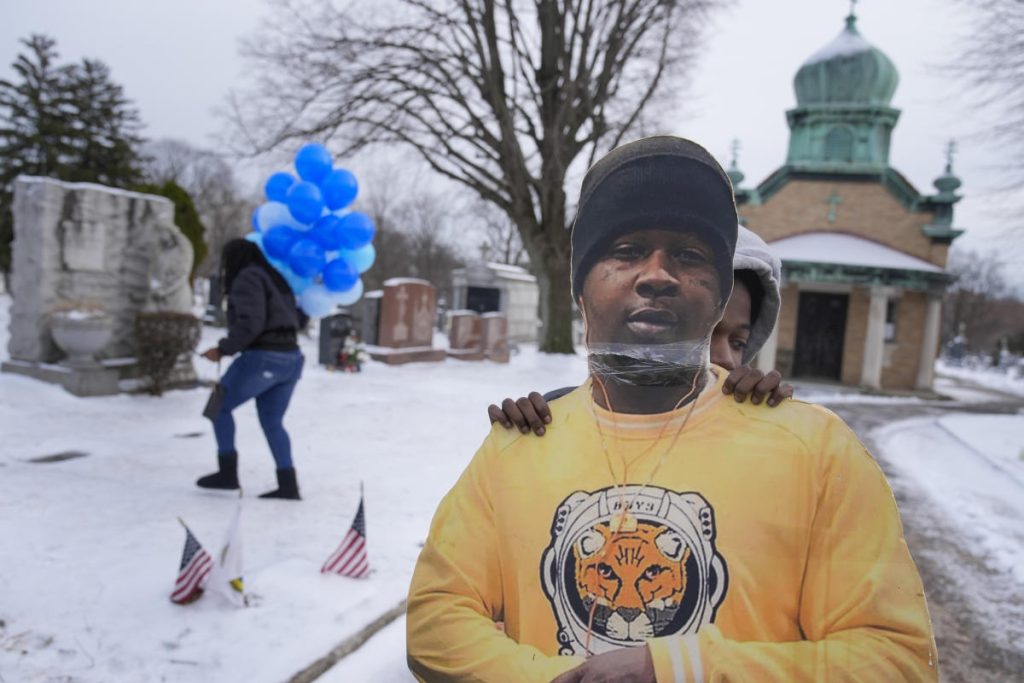The story of Jameek Lowery, a Black man who died after a mental breakdown while in police custody in Paterson, New Jersey, highlights ongoing racial tensions between the city’s Black community and the police force. Lowery’s case and the subsequent investigation led by the Associated Press in collaboration with FRONTLINE and the Howard Centers for Investigative Journalism shed light on the systemic discrimination and disproportionate use of force against Black individuals in the criminal justice system. Lowery’s death, along with over 330 other Black individuals who died after police encounters, raises concerns about accountability and transparency in such incidents.
Paterson, New Jersey has a history of racial unrest, with tensions between the Black community and the predominantly white police force dating back decades. Lowery, who struggled with bipolar disorder and a history of drug-related offenses, was seeking help when he called 911 in the early hours of January 5, 2019. After being taken to the hospital and later seeking help at the police headquarters, where he began live-streaming a plea for assistance, Lowery ended up unconscious and handcuffed to a gurney at St. Joseph’s University Medical Center, where he later died.
The investigation into Lowery’s death revealed conflicting accounts of what transpired in the ambulance en route to the hospital. While officials claimed that Lowery’s death was due to a medical event exacerbated by drug use, activists, family members, and a second autopsy conducted by Dr. Michael Baden suggested that his death was the result of excessive force used by the police officers present during the incident. The subsequent protests and demands for justice in the community put pressure on the city’s mayor and prosecutor to address the concerns of residents.
The police department in Paterson came under scrutiny following Lowery’s death, leading to an external audit that revealed a lack of oversight in the use of force incidents involving officers. While efforts were made to reform the department, including recommendations for updated policies and training, skepticism remained among advocates and community members who doubted the effectiveness of internal reforms. The fatal police shooting of another Black man, Najee Seabrooks, further exacerbated distrust between the police and residents, prompting the state attorney general to take over the Paterson police force.
Despite ongoing efforts to reform the police department and address racial disparities in policing, advocates and community members remain skeptical about the ability of law enforcement to change. Jameek Lowery’s family continues to seek answers and justice for his death, highlighting the persistent challenges faced by Black communities in their interactions with the police. The investigation into police use of force and accountability in Paterson serves as a stark reminder of the need for transparency, accountability, and reform in law enforcement agencies across the country.


